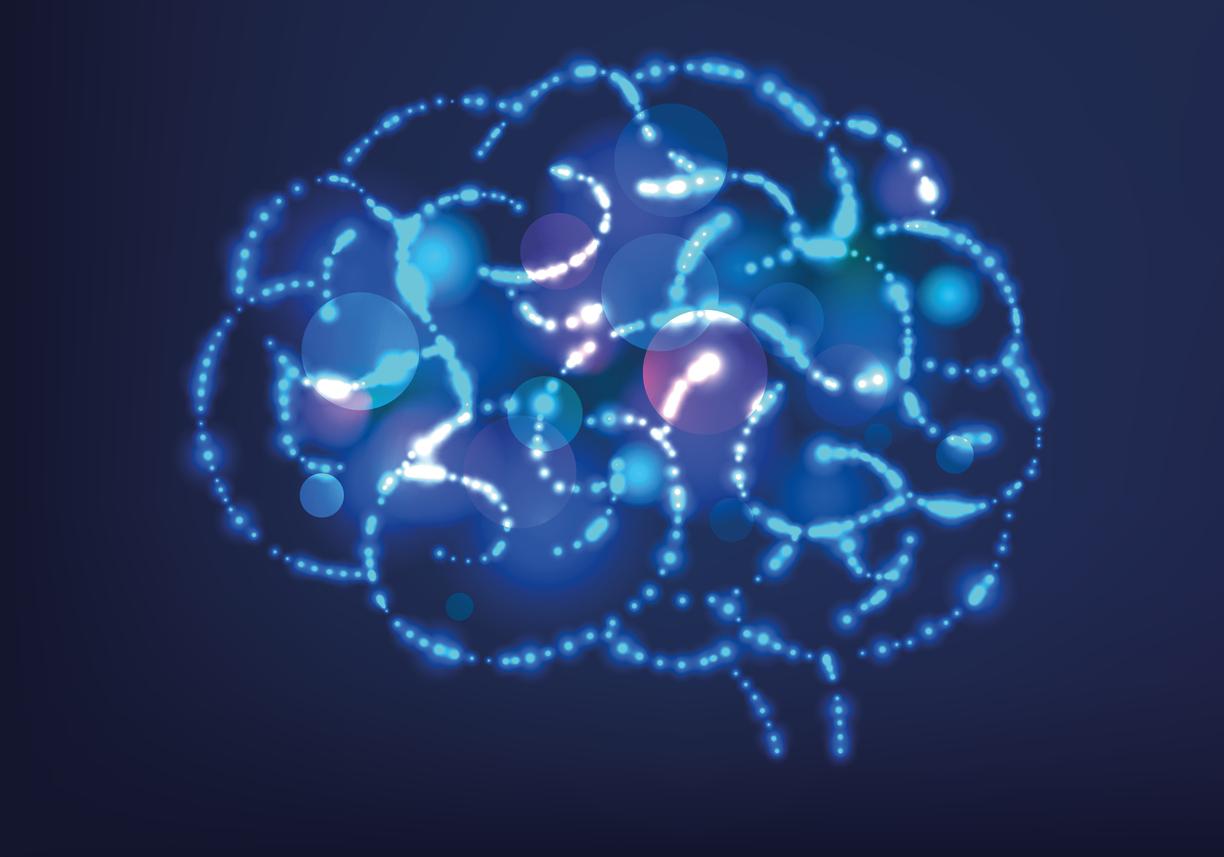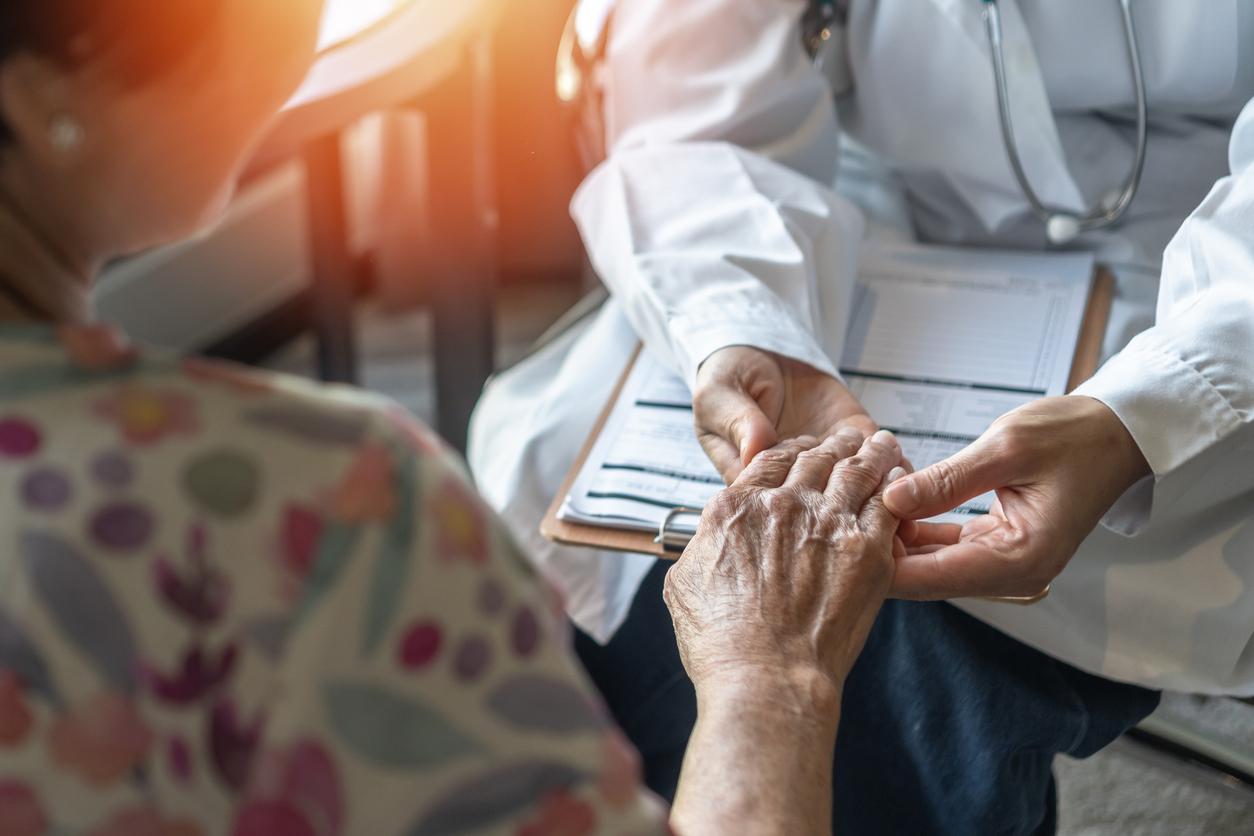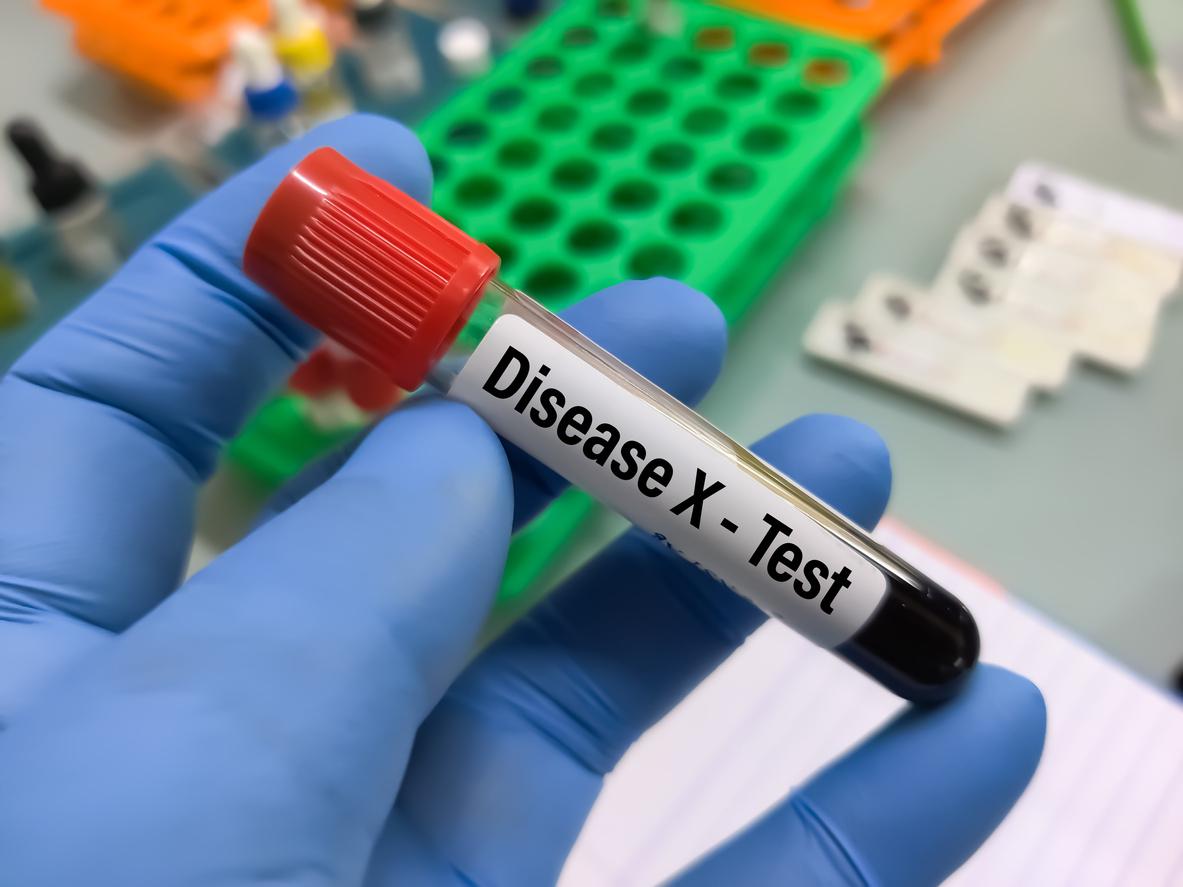Shaving, brushing teeth, putting on make-up, buttoning a shirt… These innocuous gestures become daily hardships for the 300,000 people affected by essential tremor disease.
This pathology is a little-known neurological and genetic disease. It affects 1 in 200 people and affects both women and men. Little known to the general public, it remains a disabling disease for patients.
To better understand the lives of these patients, Aptes carried out a survey of 1,500 people diagnosed with 96% as having an essential tremor (50% being over 60 years old and being able to analyze their course since the appearance. of the first symptoms).
Late diagnosis
Doctors with little knowledge about this disease often confuse it with Parkinson’s disease, or sometimes equate it with the consumption of alcohol or drugs for younger patients. As a result, the average time to establish a diagnosis lasts an average of 14 years among the people questioned. The survey also reveals that 25% of patients say they have visited more than 5 doctors before the disease is formally identified and the majority (60%) of patients could not put words on their ailments until they were 40 years old. . Yet the survey also tells us that two-thirds of people with essential tremor have seen their abnormal movements appear before the age of 40 and 40% of them before the age of 20.
This disease is progressive. The hands are often affected first, the tremors will spread to the whole of the upper limbs, the throat and the neck.
There is no treatment to stop the disease. The drugs used, mainly beta blockers, epileptics and antidepressants, try to reduce the symptoms. Deep brain stimulation can be considered in severe forms.
Read also:
Parkinson’s: fibers in the form of “linguines” at the origin of the disease
Parkinson’s: soon a computer keyboard to detect the first signs?
Parkinson’s: preconceived ideas about the disease
















